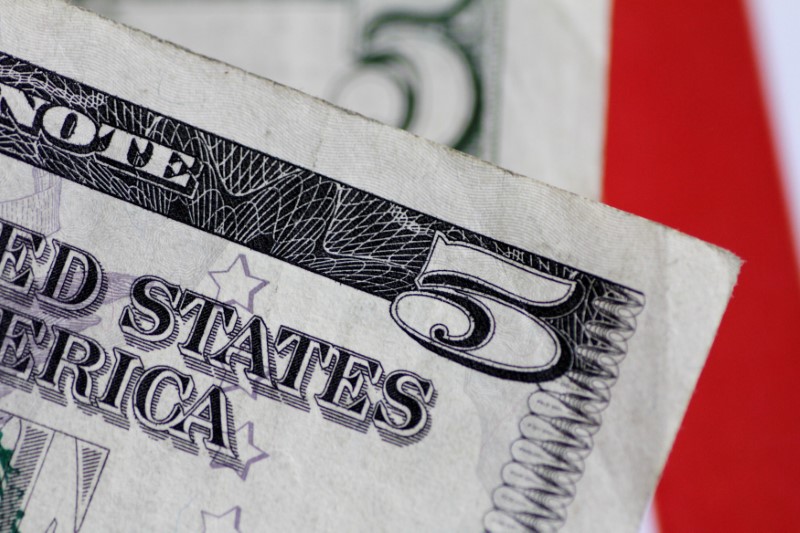Highlighting a shift in currency market dynamics, JPMorgan noted a depreciation of the dollar in May after a period of significant long positions in late April.
The bank’s analysis found that currency-only hedge funds had more modest long dollar policies in April than in January, based on the positive beta between the monthly HFRI Currency Hedge Fund index and the JPM USD tradable index.
The report indicates that while long dollar positions were less pronounced among currency-specific hedge funds in April, a broader group of macro managers maintained a heavier long dollar base at the end of the month.
This rating is derived from Commodity Futures Trading Commission (CFTC) data, with a particular focus on the non-commercial category, which includes a broader range of macro managers than just currency hedge funds.
According to the bank, the significant long dollar positions observed in the CFTC data had only partially disappeared in May. The unwinding of these positions likely contributed to the depreciation of the dollar during the month.
JPMorgan’s analysis also indicated that systematic funds, such as Commodity Trading Advisors (CTAs), may have contributed to the previously heavy long dollar base, as evidenced by their momentum-based framework.
The decrease in long positions in the dollar comes after a period of strong positioning in favor of the US currency.
This article was produced with the support of AI and reviewed by an editor. For more information see our General Terms and Conditions.


